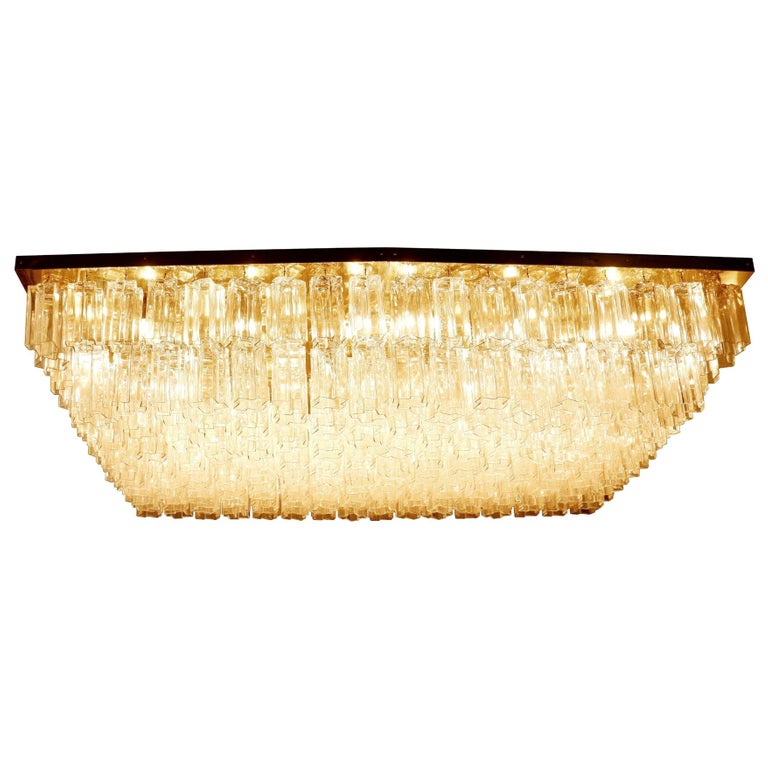Haven't thought about this for a while:
The exterior I-beams on the Seagram Building are only decorative. They appeared because the building code wouldn't have allowed exposed functional steel columns. So is the building compromised? Or just "about" the idea of functionalism/modernism? Is it any more "honest" than the Woolworth Building? Is my garage, with its undisguised steel-beam ceiling support, more honest than the Seagram? Or am I missing the point? (And don't get me started about Frank Gehry.)
http://www.greatbuildings.com/buildings/Seagram_Building.html
Yes. . .
it's a conundrum, isn't it -- can't say I've tried to track down the (inevitable) literature on this one !
My take is: Poetry trumps "truth." [And that might serve as well, as the excuse for the b-shit that my master Mr Wright buttered his work and life with. . . "Truth Against the World" or no !]
Or is it just a (neoclassic) case of Artistic Irony ?
Sure enough. . .
I don't have to tell you this, but the only point (if any) would be that a high ideal of design might be the absolute integration of use, form, and material. The case of the Seagram (and many another high-rise) is that the structural steel, hinted at in its location, at least, in the earliest high steel-framed buildings -- in Chicago, famously, and elsewhere -- cannot be revealed in all its structural glory, because it must be smothered in fireproofing. So the fault is not with the long-suffering architect (who would dearly love to reveal that structural skeleton) but with fire codes -- or, really, with the laws of nature.
Hence, Irony. . .
I maintan that a building (or any other man-made object) can (if the stars are aligned correctly and everyone has his ducks in a row) display something that could be called "honesty" -- but I'll sit down now. I like your somewhat simpler description of the problem. . .!
start about frank gehry...
I've been a big fan of his. I thought he was important, because he seemed willing to embody major themes of contemporary life in his work. For example, Bilbao and his buildings related in look embody the idea that American dominated civilization and culture is collapsing into chaos. For another example, his early buildings in Venice, CA, embody the cobbled together nature of Los Angeles. His geometric modernist stuff embodies that persisting aspect of contemporary American culture. But at the same time, I've come to suspect that the message is more important than the architecture; that the architecture commits the immitative fallacy of becoming chaotic by embodying chaos for instance. and now with this uninspired jewelry line, he's starting to seem something of a schlockmeister, too. I'm not ready to abandon my admiration for Frank Gehry, but I am ready to evaluate some strong criticism of him from someone with a rational argument about what is wrong with his architecture.
Seagram
The Seagram is a beautiful building. Mies made a small compromise. I haven't debated that point in years and I don't think this is the placce where I'll start.
BELOW IS A LINK to my photograph of the Seagram building for Emporis architectural database (see credit).
http://www.emporis.com/en/il/im/?id=191963
If you need any help, please contact us at – info@designaddict.com









